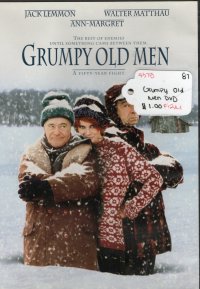 This film also came out when I was in college (although I guess Don Juan DeMarco was shortly after). I would not have been the target audience back then. No matter how grumpy I was, and I was a curmudgeon before I graduated, this film is about grumpy old men. So although I might have caught glimpses of it on television from time to time in the intervening years, this marks my first viewing of the film now that I’ve grown
This film also came out when I was in college (although I guess Don Juan DeMarco was shortly after). I would not have been the target audience back then. No matter how grumpy I was, and I was a curmudgeon before I graduated, this film is about grumpy old men. So although I might have caught glimpses of it on television from time to time in the intervening years, this marks my first viewing of the film now that I’ve grown into closer to being an old man.
In the film, Jack Lemmon and Walter Matthau play John and Max, neighbors who live alone next door to each other and who spend their days ice fishing and insulting each other. John’s hiding from the IRS which is about to foreclose on his house. When an attractive English professor played by Ann-Margaret moves in across the street, they both watch her and hope to court her, with John eventually emerging victorious at winning her heart, enraging Max. But John breaks it off when Max learns of John’s debt to the IRS and how he can offer her nothing. During the exchange the two have, we learn that their feud stems from when they were young friends, but John stole Max’s love and married her–a marriage that proved to be unhappy, while Max married another woman and was happy. But they eventually reconcile, partially because their children, played by Daryl Hannah and Kevin Pollak, are attracted to one another.
The film has a great supporting cast, including Burgess Meredith as John’s 94-year-old father and Ossie Davis as the local bait shop owner.
It includes several scenes on a lake while ice fishing, which I would have found helpful for our Trunk or Treat “Trunk” this year where my youngest son and I dressed like we were ice fishing. Because, you see, in years past, the night of Trunk or Treat has been cold, and we’ve been outside for almost three hours in nothing but costumes. So, this year, planning ahead, I lit upon costumes where we could wear coats, hats, and gloves–ice fishing! Unfortunately, the night was so cold that the church ended up moving the event indoors, so we were indoors bundled up for several hours. But I’ve never been ice fishing, so although I had us bundled up, a nice metal bait bucket to use for the candy we were to pass out, ensafened fishing rods, and a flopping fish cat toy, we did not have a ladle to use to dip into the open water and pour it onto the edges of the hole to keep the ice open. I don’t think the Trunk or Treat attendees suffered from the lack of verisimilitude. But we were amongst the most frightening trunks for the little children, who were nonplussed by the monsters and other Halloween things but demurred at the sight of two men with northern accents, one spot-on and the other mixed with Southern and Indian accents, and more likely the squirming fish which looked real until its USB-charged battery gave out.
At any rate, you know, I enjoyed the film more than I enjoy more recent fare. And I’m hoping to find the sequel somewhere. Because when it comes down to the debate our forefathers had and never resolved, between Ann-Margaret and Sophia Loren, I am definitely on Team Sophia.



 Last-in, first-out (LIFO) appears to be my film watching philosophy, gentle reader, but that’s partly because the results of my most recent trips to book sales or
Last-in, first-out (LIFO) appears to be my film watching philosophy, gentle reader, but that’s partly because the results of my most recent trips to book sales or 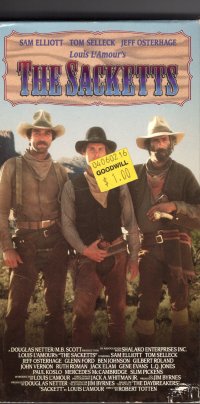 It’s been a while since I’ve read
It’s been a while since I’ve read 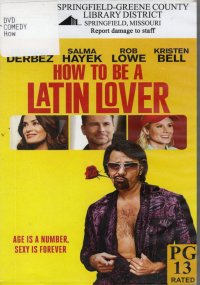 Well, after watching
Well, after watching 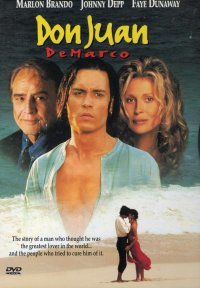 I was vaguely aware of this film when it came out. I was just about a year out of college, and either my friend
I was vaguely aware of this film when it came out. I was just about a year out of college, and either my friend 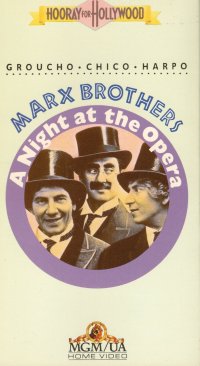 Well, gentle reader, I suppose since I just watched a couple episodes of
Well, gentle reader, I suppose since I just watched a couple episodes of 
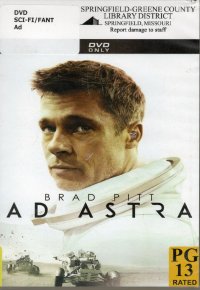 This weekend, gentle reader, I spent a moment to take the DVDs that
This weekend, gentle reader, I spent a moment to take the DVDs that  Wait a minute. Somehow, I got it in my head that this was a Mel Brooks movie, and it is. Sort of. This version of The Producers is the film version of the Broadway show, starring Matthew Broderick and Nathan Lane. The Broadway show, of course, was the Broadway show version of a Mel Brooks film from the late 1960s (The Producers starring Gene Wilder). Sweet Christmas, the only way this could peg the things Brian J. reads/watches meter would be if it were the novelization of a video game based on a novelization of a film of a Broadway show based on a film. Based on a Shakespearean play in the original Klingon or something.
Wait a minute. Somehow, I got it in my head that this was a Mel Brooks movie, and it is. Sort of. This version of The Producers is the film version of the Broadway show, starring Matthew Broderick and Nathan Lane. The Broadway show, of course, was the Broadway show version of a Mel Brooks film from the late 1960s (The Producers starring Gene Wilder). Sweet Christmas, the only way this could peg the things Brian J. reads/watches meter would be if it were the novelization of a video game based on a novelization of a film of a Broadway show based on a film. Based on a Shakespearean play in the original Klingon or something. When I mentioned that I was watching this film to my beautiful wife, she associated the title with the
When I mentioned that I was watching this film to my beautiful wife, she associated the title with the 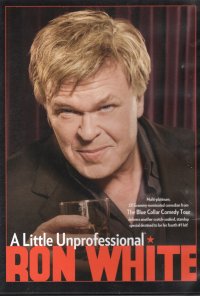 This is a comedy special by Ron White. You know, that other guy from the Blue Collar Comedy Tours from the turn of the century. No, the “Here’s your sign” guy is Bill Engvall (whose book
This is a comedy special by Ron White. You know, that other guy from the Blue Collar Comedy Tours from the turn of the century. No, the “Here’s your sign” guy is Bill Engvall (whose book 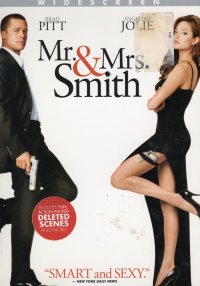 Old movies had
Old movies had 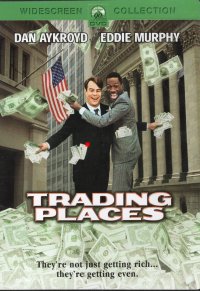 This film comes from the early middle 1980s, and it’s definitely a product of its time.
This film comes from the early middle 1980s, and it’s definitely a product of its time. 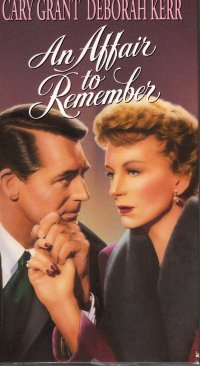 “Didn’t you just watch this movie?” my beautiful wife asked as she passed through the den the evening which I watched this film. No, gentle reader; we know I watched
“Didn’t you just watch this movie?” my beautiful wife asked as she passed through the den the evening which I watched this film. No, gentle reader; we know I watched 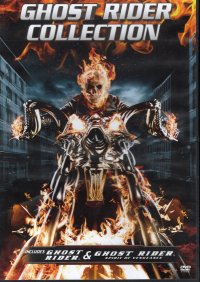 Gentle reader, I will ask you to indulge me here a bit. I saw Ghost Rider recently, but I cannot tell you how recently that would have been since I’ve only been doing movie reports since 2020 here (recently). I mean, I am pretty sure I watched it at Nogglestead, but it could have been on a DVD I rented in my most recent movie store membership days (within the last decade) or on a DVR version I recorded before the last time I cut the cord (also within the last decade, but more last decader than when I had the video store card). Or, gentle reader, it could have been somewhere in the middle where I bought the movie on physical medium, watched it, and put it on the “watched” shelves which are not as deep, extensive, or inscrutible as the Nogglestead bookshelves, but are quite deep never the less.
Gentle reader, I will ask you to indulge me here a bit. I saw Ghost Rider recently, but I cannot tell you how recently that would have been since I’ve only been doing movie reports since 2020 here (recently). I mean, I am pretty sure I watched it at Nogglestead, but it could have been on a DVD I rented in my most recent movie store membership days (within the last decade) or on a DVR version I recorded before the last time I cut the cord (also within the last decade, but more last decader than when I had the video store card). Or, gentle reader, it could have been somewhere in the middle where I bought the movie on physical medium, watched it, and put it on the “watched” shelves which are not as deep, extensive, or inscrutible as the Nogglestead bookshelves, but are quite deep never the less.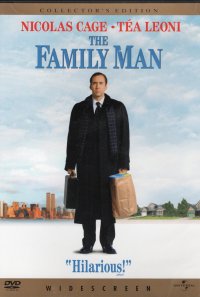 Like
Like  You know, I saw this film in the theater. I want to say it was at Crestwood Plaza, and my initial assessment was that it was with El Guapo, but given the timing of the film–it was four years past working with El Guapo, and but we were working across the street from each other downtown at the time. Perhaps I saw it with Gimlet, as I would have just finished working with his wife at the time. It’s only sixteen years ago, and already the memory is fuzzy.
You know, I saw this film in the theater. I want to say it was at Crestwood Plaza, and my initial assessment was that it was with El Guapo, but given the timing of the film–it was four years past working with El Guapo, and but we were working across the street from each other downtown at the time. Perhaps I saw it with Gimlet, as I would have just finished working with his wife at the time. It’s only sixteen years ago, and already the memory is fuzzy.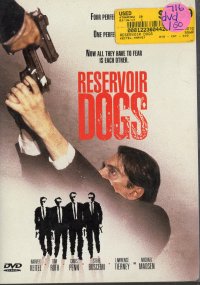 I got this film
I got this film  I bought this film
I bought this film 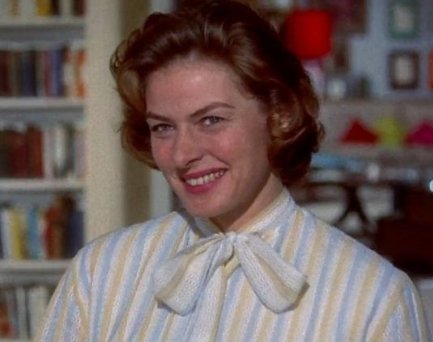
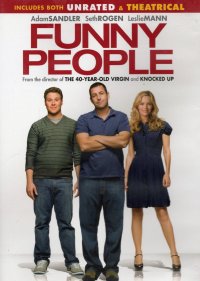 Well, I have often–well, I have once or twice–talked about the Sandlerverse and the Ferrellverse and even the Apatowverse. I’d say this is a crossover event, but really it’s an Apatow movie with Adam Sandler in the lead role, and it relies on actors from the Apatowverse (Seth Rogen, Jonah Hill), so this has nothing to do with the Sandlerverse at all. And it’s not even a comedy–it is a drama about comedians, so it has some jokes, but the situations themselves are not comic.
Well, I have often–well, I have once or twice–talked about the Sandlerverse and the Ferrellverse and even the Apatowverse. I’d say this is a crossover event, but really it’s an Apatow movie with Adam Sandler in the lead role, and it relies on actors from the Apatowverse (Seth Rogen, Jonah Hill), so this has nothing to do with the Sandlerverse at all. And it’s not even a comedy–it is a drama about comedians, so it has some jokes, but the situations themselves are not comic. Well, this is another film in the Ferrelverse, and a 21st century film at that. I watched it without my boys even though they tend to favor Will Ferrell movies.
Well, this is another film in the Ferrelverse, and a 21st century film at that. I watched it without my boys even though they tend to favor Will Ferrell movies.